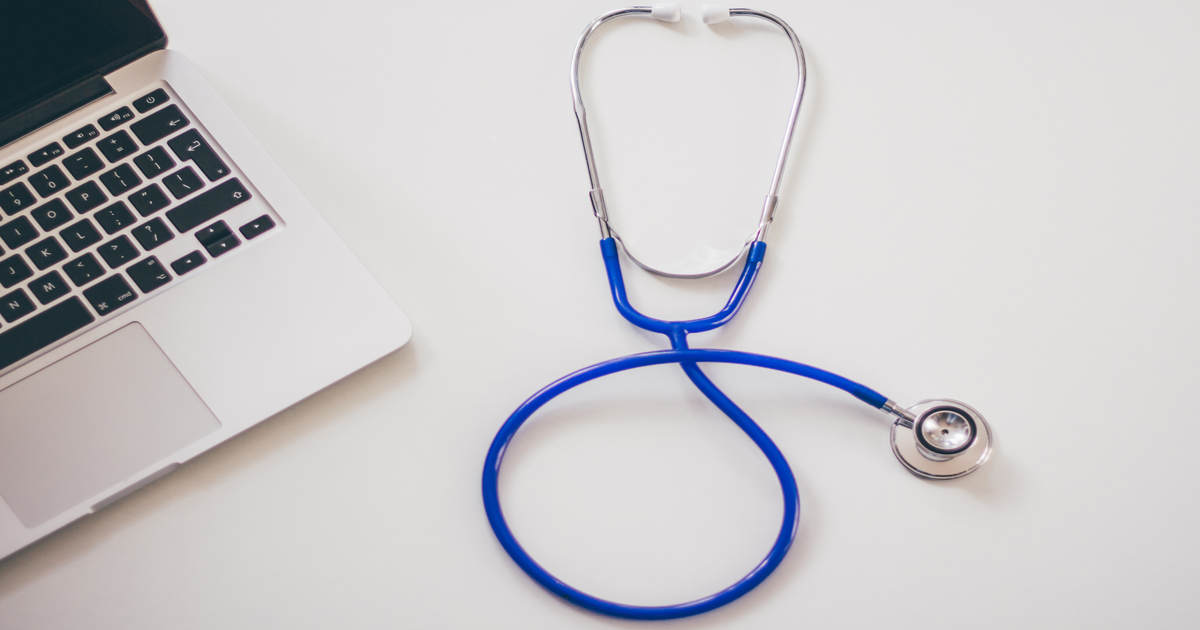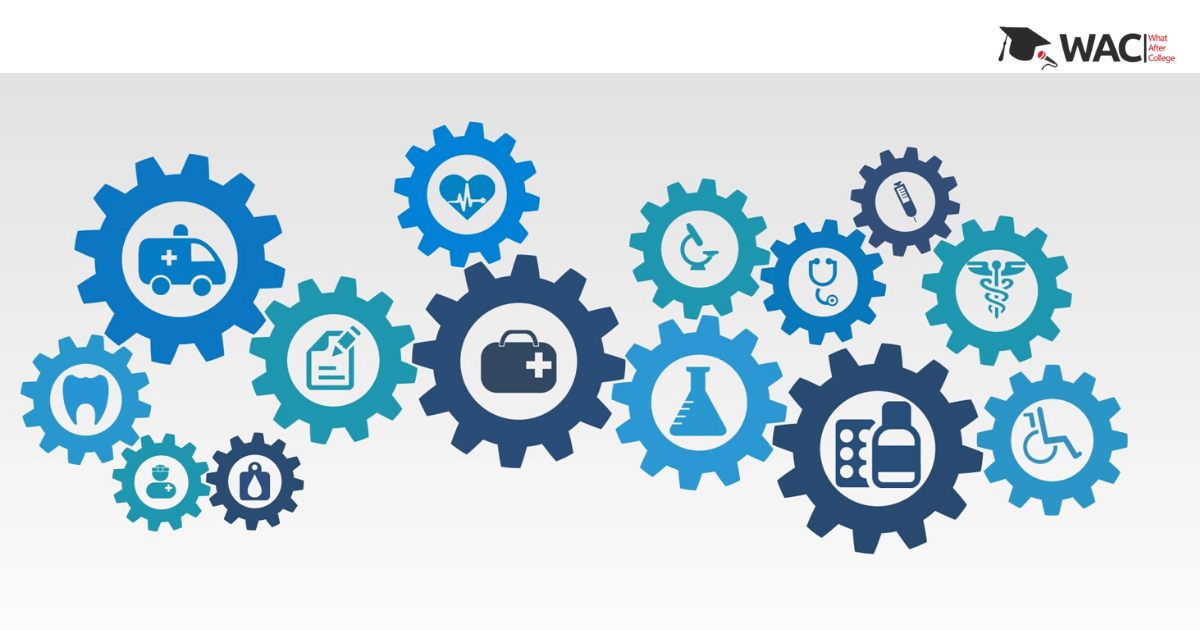Internet of Things has proved to be a major blessing for the healthcare sector. It has made the impossible, possible. It does the work in record time, which would have taken hours normally. Doctors had no way to monitor patient’s conditions before IoT appeared. Now, they can just wear an IoT device that tracks their regular conditions. Doctors can easily check the minute by minute report recorded in the device. But, how can Internet of Things track health supplies?
How can IoT track health supplies
Although a major focus of IoT has been towards monitoring and controlling patient health, it also has the power to track health care supplies. During the times of major disease outbreak or a sudden need for medical supplies, the Internet of Things can help track the supplies faster. IoT can help reduce the risk of damages and ensure supply chains operate smoothly.
Supply chain operators need to take precautions in ensuring successful delivery. This is when the Internet of Things can track health supplies and help. How can the Internet of Things track health supplies?
Monitoring the journey of the supplies
Ordering supplies increases during the time of an epidemic or sudden outburst of a virus. For instance, Coronavirus pandemic caused a shortage of health care supplies. At times like this, consumers look for proper, smooth deliveries. By installing IoT-enabled sensors in their transporting containers, dealers can tackle the devices’ geolocation abilities to track, secure, and promise timely deliveries to consumers.
Managing consumer expectations is not the only thing that these devices do. To identify and predict any possible delays in delivery, the location data are also used by dealers using AI and Machine Learning algorithms. They can use this data to implement faster, more direct routes that will quicken deliveries and optimize the overall journey.
Track container conditions
By attaching IoT-enabled sensors to shipments, dealers can also track container conditions to ensure product quality. Data provided by the Internet of Things devices alerts retailers to condition changes or problems in their containers. It helps them detect and address any issues with the shipping environment before it poses a threat to the product. The ability to do this is crucial for providers of sensitive or fragile items such as medicines, for which changes in temperature can affect its usage. In this way, IoT devices help supply chain operators track their containers.
Global Connectivity
To take on the IoT across wide, global supply chains, operators should use a 0G network. 0G network is a low-power, WAN that transfers a small amount of data across long areas. 0G devices consume very little energy. Hence, the battery life of IoT sensors lasts longer. This, in turn, helps retailers to stay informed across the entire package’s journey. Also, at no loss of quality, 0G-enabled sensors have the ability to transmit data at a lower cost than other networks.
Global Positioning System
Global Positioning System (GPS) is used for tracking hospital supplies. For real-time tracking of health care supplies this system is being used. Using an IoT based GPS tracking device helps hospitals, as well as operators, track their supplies. This type of device transmits pings at regular intervals. Which in turn, helps to provide visibility as to the location of the products. GPS based IoT device helps in tracking the location of the vehicles carrying supplies. It also monitors the driver’s driving speed as well as his acceleration and deceleration rates.
Conclusion
Countries spend a lot of money on buying health care supplies. Lost or stolen medical equipment and supplies cost the healthcare industry a lot of money each year. Before they can even reach the destination, these highly-valuable supplies are often the targets of theft. There is a high risk of robbery during transport. Often, stolen products are sold illegally.
As medical supplies get stolen, health service providers and patients who need them are the sufferers. The consumers who purchase the stolen items sold in the market are also at risk. Mostly, illegally-sold materials are damaged or improperly stored. This, in turn, makes them unsafe or ineffective. Hence, it is important to know how can the Internet of Things track health care supplies.

All you need to know about IoT
| Introduction to IoT | Career Options after IoT |
| IoT in Business Growth | How IoT works? |
| Future of IoT | Benefits of IoT |
| Disadvantages of IoT | Salary After IoT Course |
Learn IoT
| Top 7 IoT University/ Colleges in India | Top 7 Training Institutes of IoT |
| Top 7 Online IoT Training Programs | Top 7 Certification Courses of IoT |
Learn IoT with WAC
Other Skills in Demand
| Artificial Intelligence | Data Science |
| Digital Marketing | Business Analytics |
| Big Data | Internet of Things |
| Python Programming | Robotics & Embedded System |
| Android App Development | Machine Learning |

